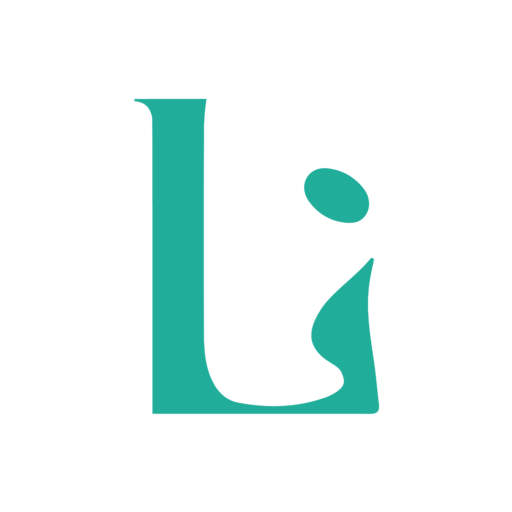Nipple shields are silicone devices that cover the nipple to help mothers breastfeed their babies. They can be useful in certain situations, but their use must always be well supervised to avoid long-term problems. Here’s a complete guide to nipple shields, their use, benefits and precautions.

What is a nipple shield?
A nipple shield is a thin silicone membrane placed over the nipple to facilitate feeding when difficulties arise. It resembles a bottle nipple and allows milk to pass through small holes. This device can help the baby latch on better in the event of breast pain, or when returning to the breast after prolonged bottle-feeding.
When to use a nipple shield?
- Latching difficulties : Nipple shields can be useful for babies who have difficulty latching on, especially those with disorganized sucking or short, restrictive tongue brakes, while awaiting multidisciplinary management.
- Breast pain: They can relieve sore nipples or cracks during healing. However, it is crucial to correct the underlying cause of pain to avoid prolonged dependence.
- Premature or weak babies: For premature or very weak babies with immature suckling, nipple shields can help ensure adequate feeding by facilitating suckling and milk extraction.
- Transitions from bottle to breast: Nipple shields can be useful for babies accustomed to bottles, as the similar texture can ease the transition to the breast.
Precautions and drawbacks: always get an escort
- Significant risk of reduced lactation : Prolonged use of nipple shields leads to insufficient stimulation of the nipple, and therefore to reduced milk production. It is therefore crucial to always be accompanied by an ibclc/midwife, to monitor the baby’s weight gain and to maintain good milk production, often with the use of a breast pump after the feed or a few times a day. The baby will often need to be supplemented with pumped milk. It must be possible to use the pump for a very short time.
- Changes in sucking patterns baby: Some babies may become dependent on nipple shields and find it difficult to suck without them, making weaning difficult. We recommend trying to remove them gradually, especially when the baby is calm or semi-sleepy.
- Hygiene: It is essential to maintain good nipple shield hygiene to avoid infection. They should be cleaned in hot, soapy water and rinsed well after each use.
Weaning the baby from the nipple shields
- Multidisciplinary treatment of sucking difficulties. The more we progress with the treatment, the easier the transition to the breast will be.
- Don’t force the baby, so that he doesn’t record unpleasant experiences at the breast. A lot of patience and support from breastfeeding professionals.
- Transition techniques: Start by breastfeeding with the tip of the breast, then try to remove it in the middle of the feed. This allows baby to gradually get used to feeding directly from the breast. If baby doesn’t succeed, put the nipple shield back on and try again later.
- This can be done at times when baby is super calm, skin-to-skin, in the bath with mom, when he’s asleep or awake.
- Learn to spot the signs of wakefulness, start directly with skin-to-skin and gently offer the breast during this skin-to-skin contact.
- Stimulate the nipple: Before feeding, stimulate the nipple to make it more erectile and attract the baby. Spread a little milk around the nipple to attract the baby.
Conclusion
Nipple shields can be a valuable tool for overcoming certain breastfeeding difficulties, but their use must be well supervised and monitored. It’s important to try to wean off breast pads as soon as possible to ensure optimal breast stimulation and maintain adequate milk production. In the event of breastfeeding difficulties, it is always advisable to consult a lactation consultant for personalized support.



